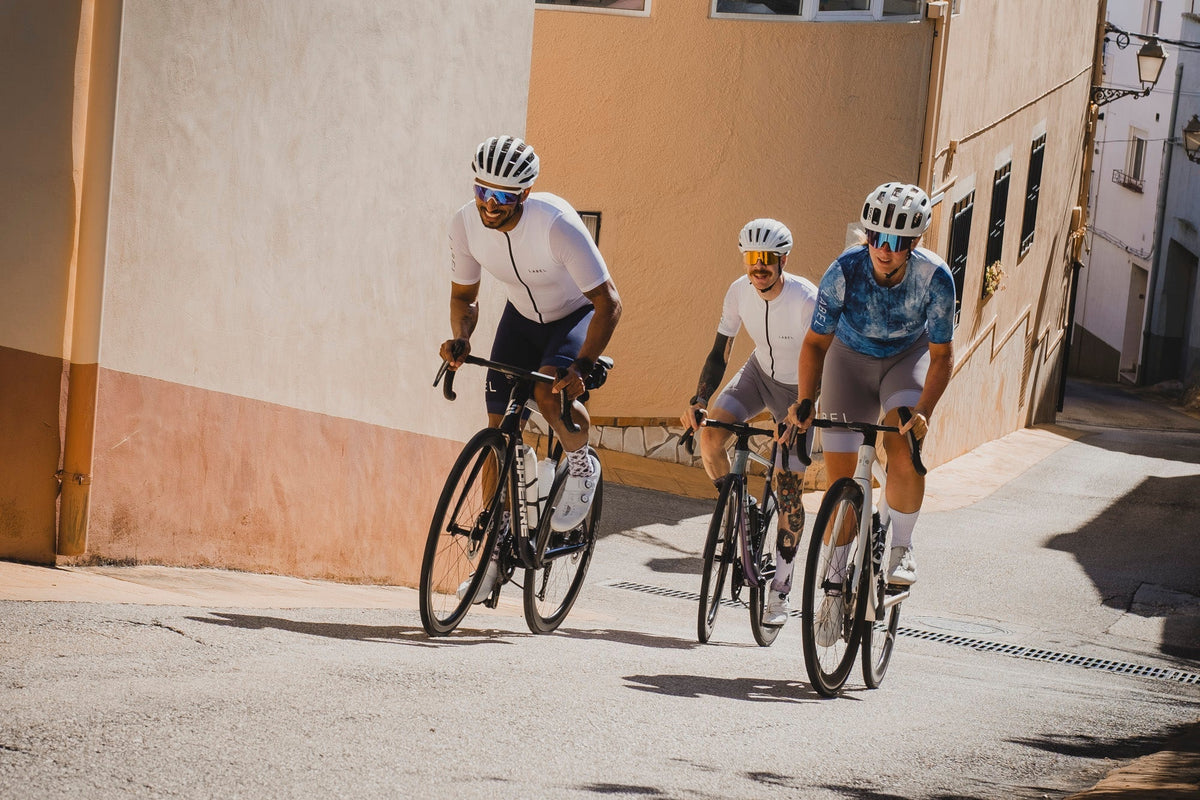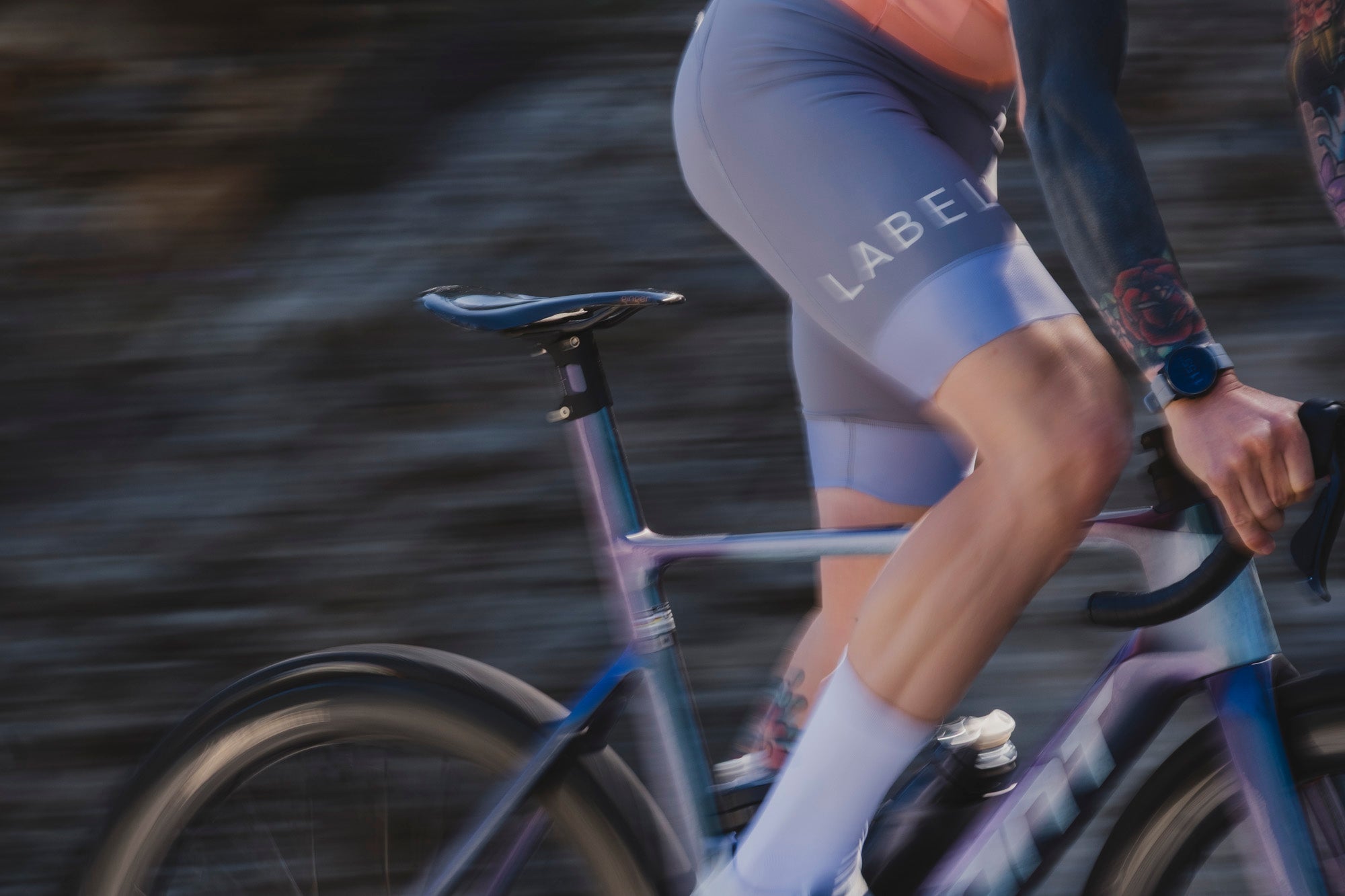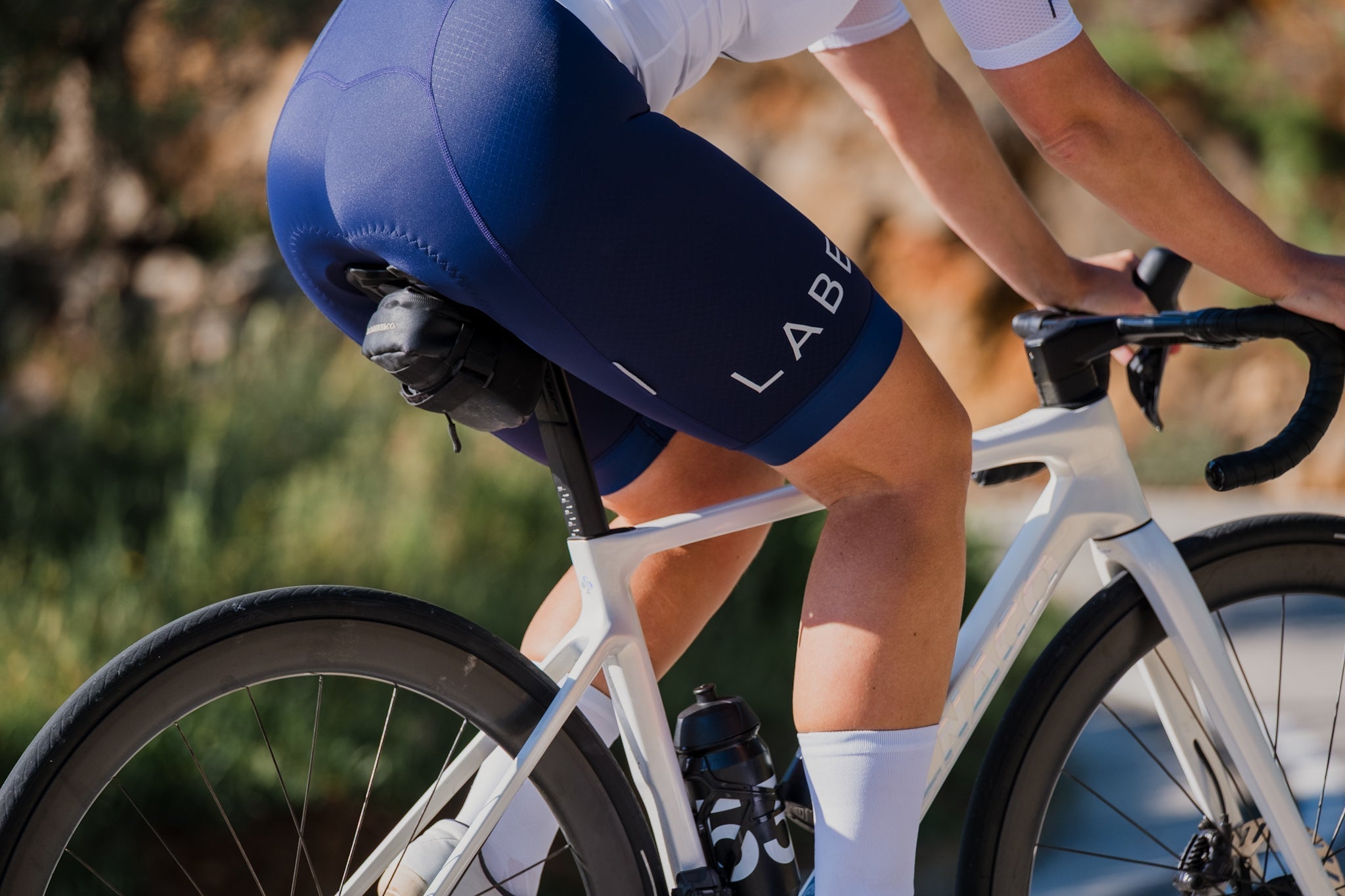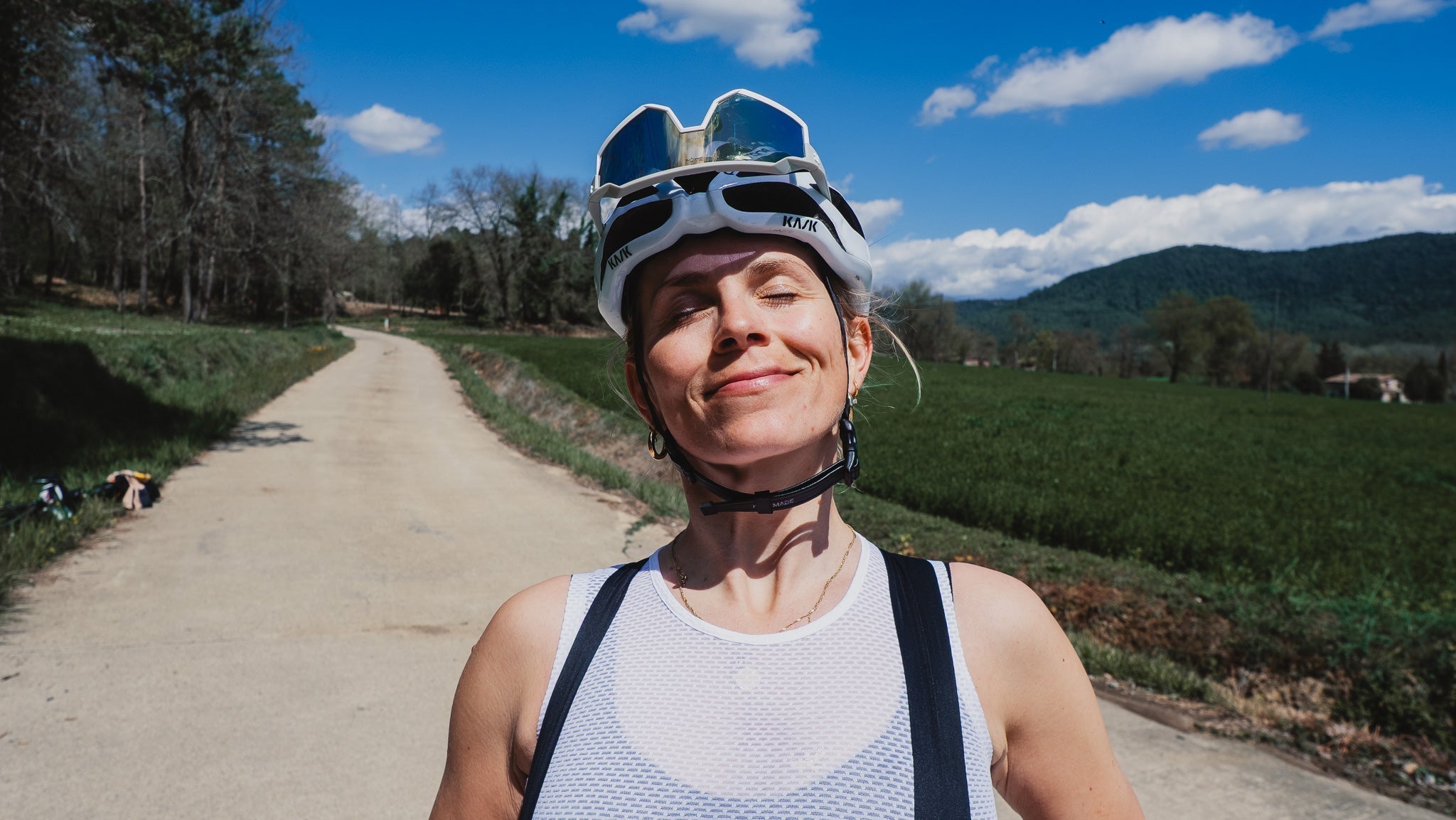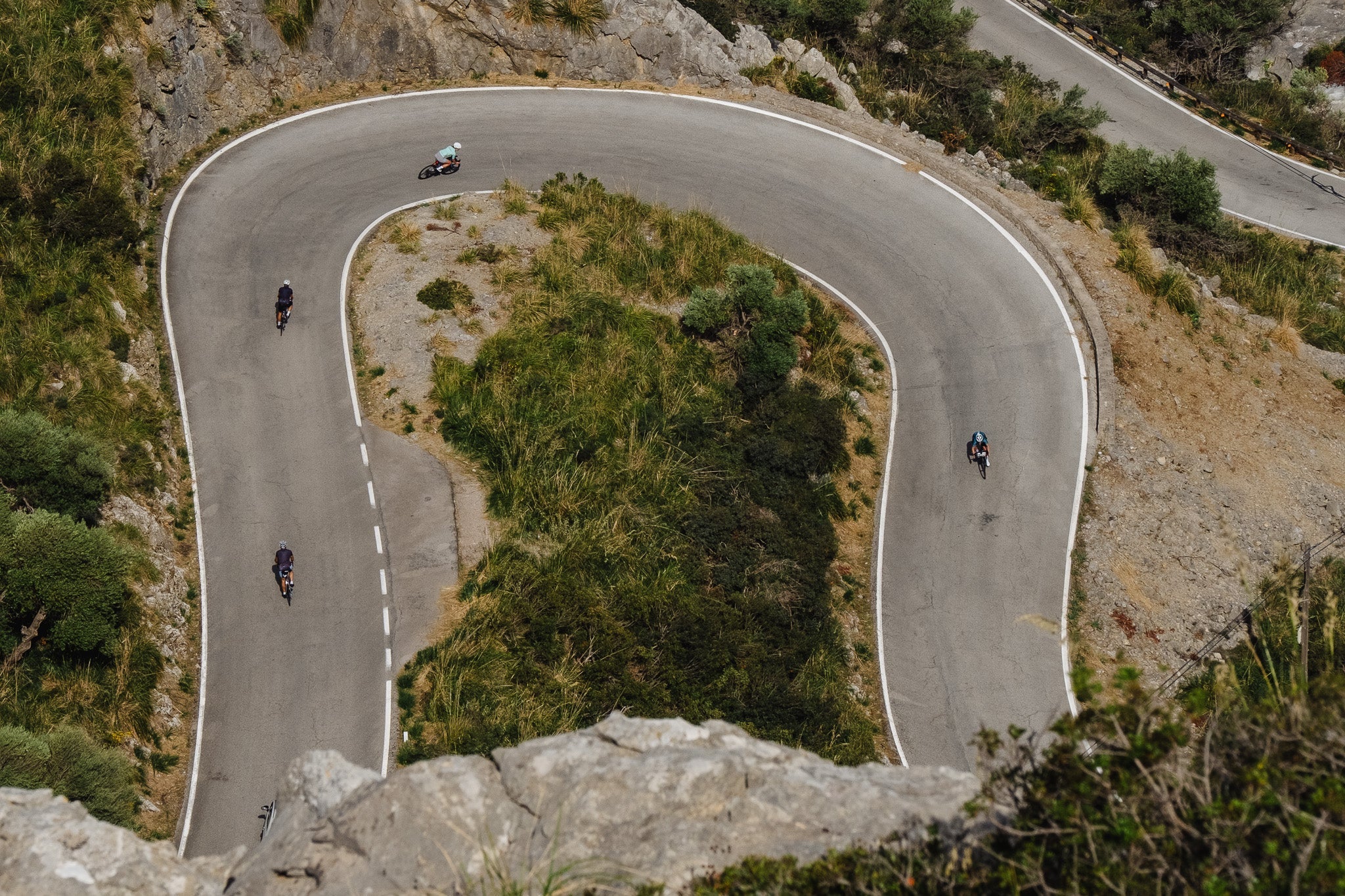
The History of Sa Calobra
Some roads test your legs. Others test your patience. Sa Calobra, though—it gets under your skin.
Even before you start pedalling, something about it feels different. Maybe it’s the direction. Most climbs start at the bottom. You look up, you ride up, you’re done. But Sa Calobra hides the climb behind a descent. You start at the top, drop all the way to sea level, and only then can you begin. There's no escape. The only way out is back up.
And somehow, that makes all the difference.
The Descent That Comes First
Cyclists usually talk about Sa Calobra as a climb. That’s not wrong. It’s a 9.5 kilometre ascent with 26 hairpins and an average gradient of 7%, peaking at Coll dels Reis—682 metres above the Balearic Sea. But the story starts earlier, on the way down.
You park at the top, gear up, check your brakes—twice—and roll into what might be one of the most beautiful descents in Europe. It doesn’t matter how many videos you've seen. It still hits hard in person. The curves, the limestone cliffs, the sudden drops—it all feels exaggerated, almost unreal.
And then there’s the spiral.
The “Tie Knot” That Twists Time
It’s called the Nus de sa Corbata. A 270-degree spiral bridge that loops over itself like a twisted ribbon of road. It was designed by Antonio Parietti in the early 1930s, not for speed or efficiency, but simply to fit a road into an impossible place. Parietti didn’t believe in blasting tunnels through mountains or flattening hills. He believed in drawing the road around them, in working with the terrain.
The result is a stretch of tarmac that feels more sculpted than built. The tie knot is a visual anchor—a moment that sticks. And when you climb back up later, you see it from above. That’s when it clicks. You realise how absurd this road is. How beautiful.
Built to Be Ridden
When Parietti envisioned the road, it wasn’t just to connect isolated coastal towns. He wanted people to drive it for pleasure. For the sheer experience. Today, cyclists carry on that vision, albeit at much slower speeds.
There’s a claim floating around that he designed it with cyclists in mind. That might be a stretch. Bikes in the 1930s weren’t exactly built for this. But somehow, he made a climb that feels meant for two wheels. The corners are regular, the gradient consistent. It’s tough but fair. Steep, but never cruel.
That’s part of the reason why cyclists come back to it. Once is never enough. Not really.
It’s Not a Secret—And That’s Fine
There’s nothing niche about Sa Calobra. It’s not a hidden gem. Every cycling YouTube channel has covered it. Every bike tourist in Mallorca has it on their list. And still, it doesn’t feel overdone.
Even at its busiest—buses heaving, cars idling, tourists spilling into the middle of the road—it holds something back. Maybe it’s the cliffs, towering up like an open-air amphitheatre. Maybe it’s the water, clear and strangely calm down in the cove. Or maybe it’s the effort. You have to work to experience it fully. And that does something to your perspective.
The Ride Up: More Than Numbers
9.5 km. 26 hairpins. 7% average. Those are the numbers.
But what’s hard to measure is how your mind wanders between turns. One moment you're focused on breathing, counting pedal strokes, trying not to look up. The next, you're distracted by a valley view, or a burst of colour on the rock wall, or a random goat perched somewhere ridiculous.
Some sections feel easier than others, but there’s no real break. It’s relentless, though not cruel. Just steady. Like it’s asking you a quiet question—can you keep going?
Eventually, you hit the spiral again. The famous knot. From above this time. That’s where most people pause. Catch their breath. Snap a photo. Or just stand there and stare.
Then it’s back into rhythm. More turns. More climbing.
Until you reach the top.
Coll dels Reis: The Quiet Finish
There’s no big fanfare at the summit. No café or crowds. Just a car park, a couple of signs, and a long view back down the road you just conquered. That’s part of the charm. No drama. Just space.
You might chat with other riders. Or sit down on a low wall and eat the energy bar you meant to eat 30 minutes earlier. Or you might not do anything. Just stand there. Let it sink in.
There’s a strange sense of closure that comes with Sa Calobra. Maybe because the climb is the exit. You came down to get here, and you had to climb to leave. It loops itself shut, in a way most rides don’t.
Why Pros Love It
Team Ineos. Jumbo-Visma. Movistar. Almost every pro team that trains in Mallorca has tested legs here. It’s not just about scenery. It’s about control.
The consistent gradient makes it ideal for data-driven training. No nasty spikes. No flat sections. Just pure effort, uninterrupted. When a rider says they’re “testing form,” this is what they mean.
But the pros don’t own it. And that’s important. You don’t have to be elite to ride here. You just need time, gears, and some patience. And maybe some humility.
Because no matter your fitness level, it will get to you. A little. That’s part of what makes it worth doing.
What Makes It Special
There are harder climbs. Steeper ones. Higher ones. But Sa Calobra balances difficulty with atmosphere. And that’s rare.
Some climbs are all numbers. Others are all views. This one does both.
And unlike many legendary climbs, it doesn’t feel intimidating. Challenging, yes. But not punishing. If you pace it well and respect the effort, you’ll get to the top with something left.
And if you don’t—well, you’ll still get there. Eventually.
Off the Bike: Torrent de Pareis
Most cyclists don’t stick around Sa Calobra after the ride. But they should.
Just beyond the café at the cove, there’s a rocky path leading through a tunnel and into a gorge. The Torrent de Pareis. A dried riverbed most of the year, flanked by 200-metre cliffs. It leads to a hidden beach where the mountains open up to the sea.
It’s surreal. Silent. Almost too still.
If your legs can handle a short walk, it’s worth it. Especially at sunset. Just remember—you still have to climb out. Either by bike or bus. And if you came by boat from Port de Sóller, well, you’re one of the lucky ones.
When to Go
Timing matters here. High season (June to September) brings traffic. Coaches and cars fill the narrow road. It’s still rideable, but you’ll spend energy navigating more than just the gradient.
April and October are sweet spots. Fewer crowds. Cooler air. You can start early, ride mostly alone, and finish before the day heats up.
Winter is quieter still, but watch for rain and debris. The road is shaded in parts, and moisture can linger. Take it slow.
Early morning is always best. The light, the stillness, the sense that the mountain just woke up—everything feels a little more personal.
What You Need
A good bike. Ideally, with a compact gearing setup. A full water bottle. Maybe two, depending on the season. Sunscreen. Brakes that actually work. And a bit of patience.
And maybe this is too specific, but… snacks that won’t melt. You’ll thank yourself later.
No need to overthink it. Sa Calobra isn’t a gear race. It’s about rhythm. About staying calm. Letting the climb come to you.
What It Leaves Behind
Some climbs fade from memory. You ride them once, tick the box, and move on.
Sa Calobra doesn’t fade.
Maybe because it’s not just a climb. It’s a sequence. A descent, a place, a climb. A loop with a story in it.
You remember the sound of your tyres in the first turn. The way the valley opens up near hairpin 14. The panic when you realise you forgot to start your GPS. The quiet at the top.
And somehow, you want to go back. Not to go faster. Just to feel it again.
Shop our collections
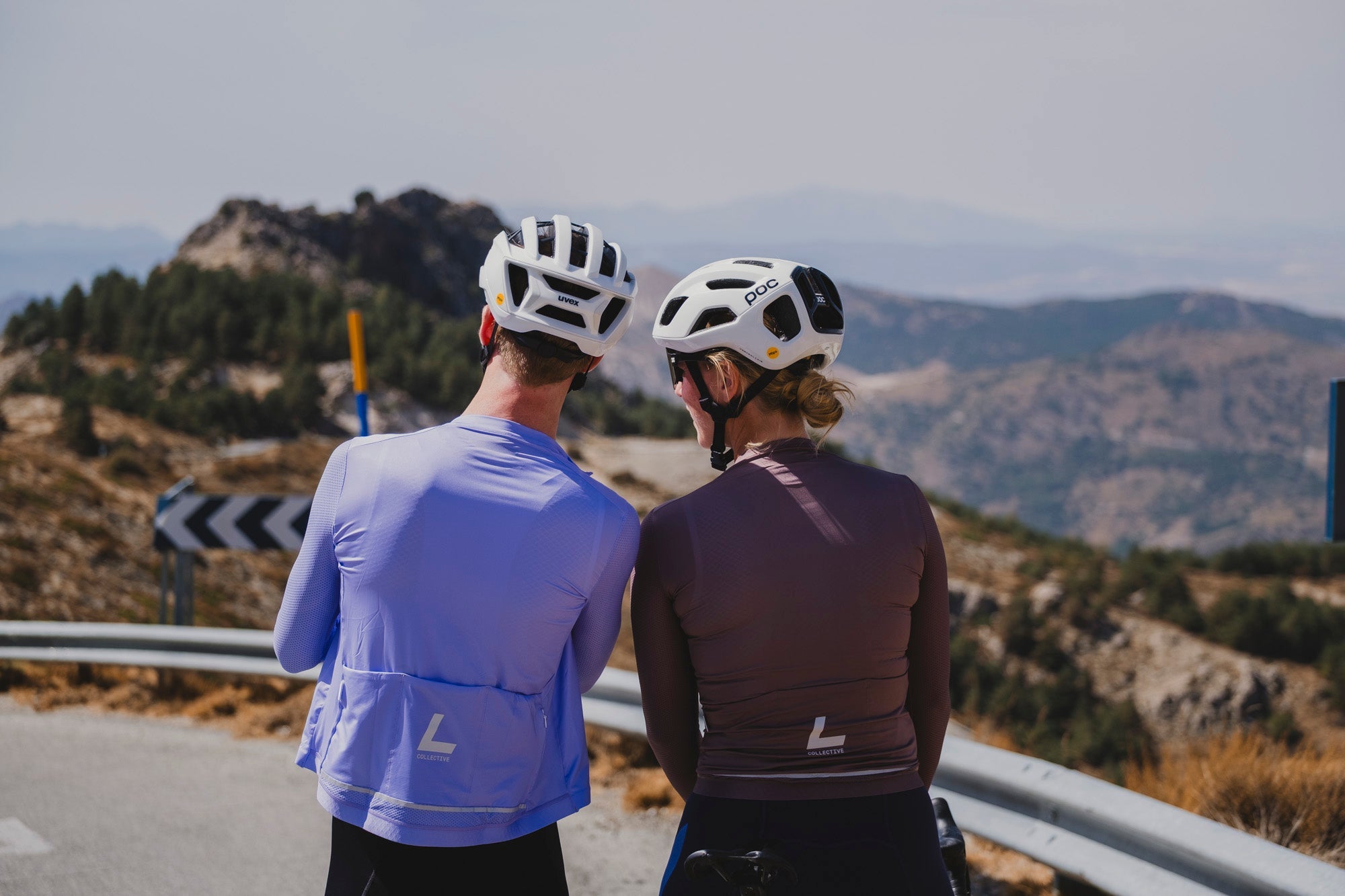
Jerseys
